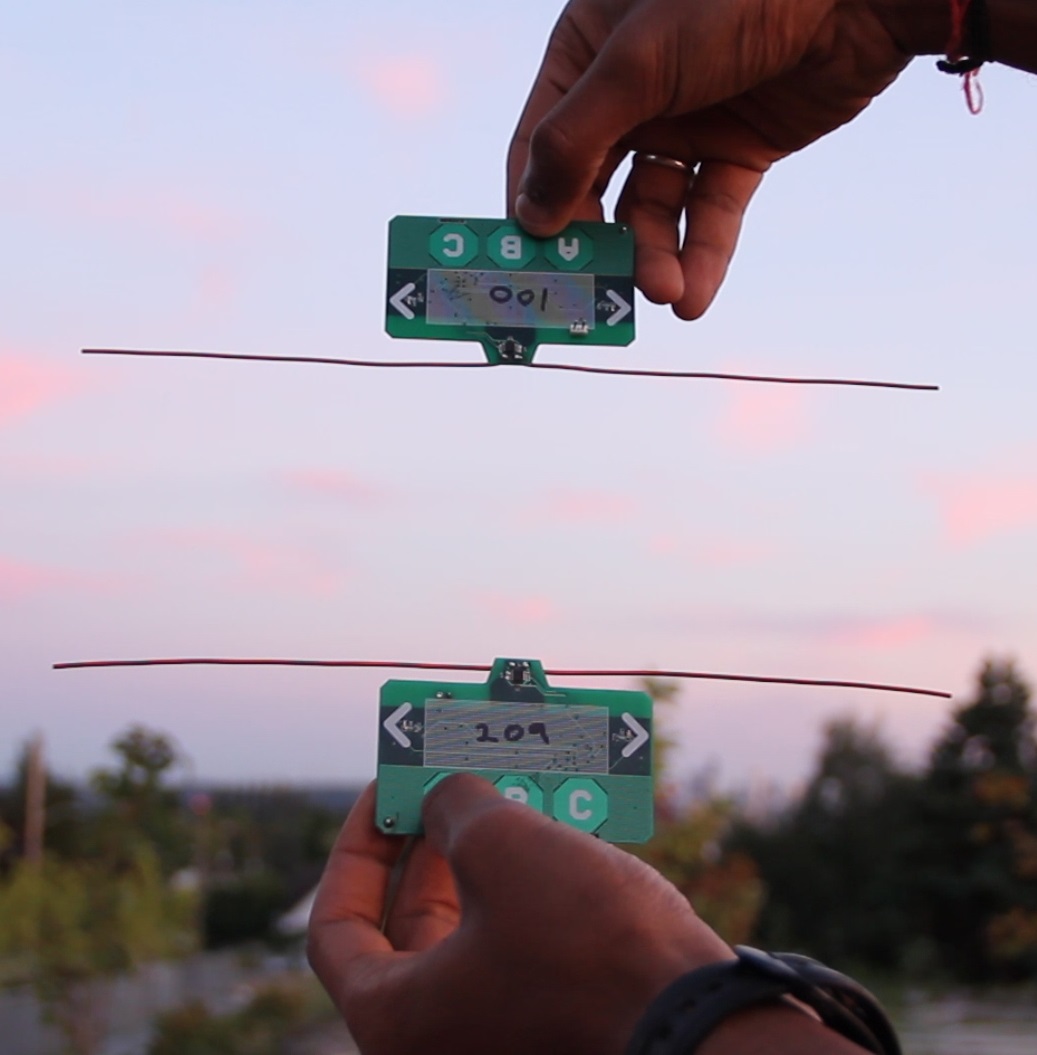Powerless wireless could network all things
 A new device has allowed the wireless transmission of data between two devices with no power supplies or batteries.
A new device has allowed the wireless transmission of data between two devices with no power supplies or batteries.
The breakthrough could lead to a new generation of technologies which can communicate with each other but do not need any source of power or human interaction.
Engineers at the University of Washington have developed the new communication technique called ‘ambient backscatter’; it takes advantage of the ubiquitous TV and cellular transmissions around the planet. Researchers created two devices which communicate with each other by reflecting existing signals to exchange information. Tiny battery-free devices have been made, complete with antennas that can detect, harness and reflect a TV signal, which then is picked up by other similar devices.
“We can repurpose wireless signals that are already around us into both a source of power and a communication medium... it's hopefully going to have applications in a number of areas including wearable computing, smart homes and self-sustaining sensor networks,” said lead researcher Shyam Gollakota, a UW assistant professor of computer science and engineering.
The team sees broad applications for the simple yet powerful devices; sensors placed in a bridge could monitor the health of the concrete and steel, then send an alert if one of the sensors picks up a hairline crack. The technology can also be used for communication or in wearable devices without requiring battery consumption.
The results of the ground-breaking new research were announced at the Association for Computing Machinery's Special Interest Group on Data Communication 2013 conference in Hong Kong. The scientists and engineers were awarded the conference's best-paper prize for their efforts.
More information is available from the University of Washington.








 Print
Print